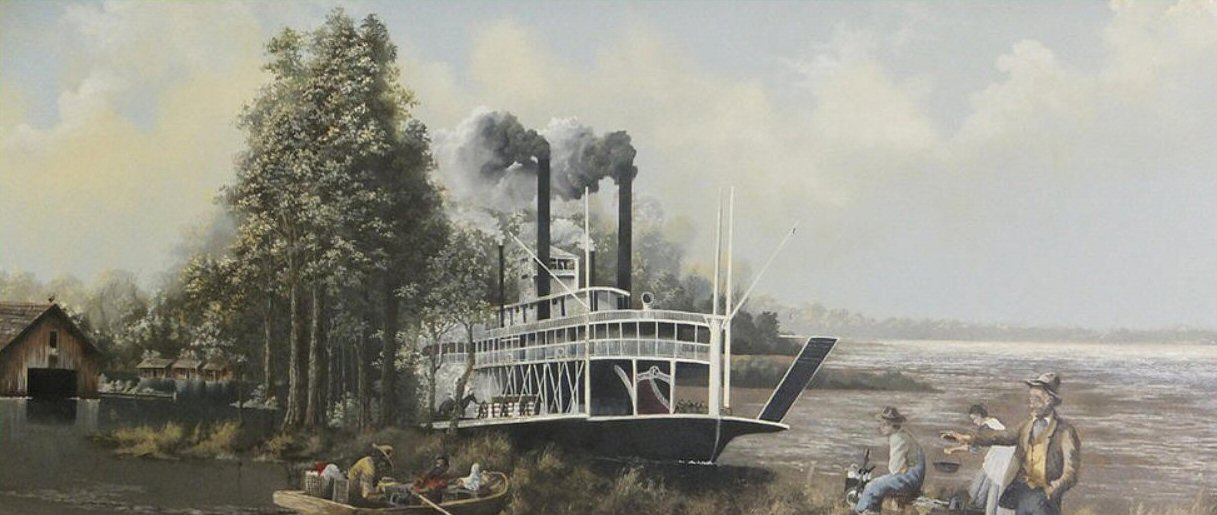
INTRODUCTION
LEVEE HISTORY
INTRODUCTION
One of the Largest Levee Systems in the World
The first levees were constructed more than 3,000 years ago in ancient Egypt, where a system of levees was built along the left bank of the Nile River for over 600 miles. The Mississippi levees represent one of the largest such systems found anywhere in the world. They comprise more than 3,500 miles of levees, extending some 1,000 miles along the Mississippi, stretching from Cape Girardeau, Missouri, to the Mississippi Delta.
There are two types of levees currently used to protect cities and their residents—artificial and natural. Artificial levees prevent flooding of the adjourning countryside and confine the flow of the river, which results in higher and faster water flow. The surfaces of artificial levees must be protected from erosion, so they are planted with vegetation, like Bermuda grass, in order to bind the earth together.
When a river floods over its banks, the water spreads out, slows down, and deposits its load of sediment. Over time, the river's banks are built up above the level of the rest of the floodplain. The resulting ridges are called natural levees. The use of both type of levees have benefited many parts of the YMDL District. Through the use of sound knowledge and action by its committees, the YMD Levee Board hopes to continue with its preventative maintence for residents.
Yazoo-Mississippi Delta Levee History
The Yazoo-Mississippi Delta Levee District has a long history of erecting, maintaining, and operating a system of levees to protect the people and property of the Delta from the damages caused by the elevated waters of the Mississippi River as well as interior rivers and streams. The District also continues to furnish local cooperation required for certain flood control and drainage projects of the U.S. Army Corps of Engineers. Over the years, YMDL District continues to update its tactics for dealing with the region's flooding issues, providing safety and peace of mind for the citizens in the ten-county district.



